Abstract
Fusion power technology has seen rapid development in the past decade. Although its promise of nearly-infinite, carbon-free electricity still has years to go in development to reach true commercialization, the Nuclear Regulatory Commission (NRC) is already working to incorporate fusion technologies in its modernized regulatory scheme by a 2027 Congressional mandate, and fusion development companies hope to bring their prototypes online within the next decade. Although there has been considerable attention to how fusion plants may fit in the various provisions of the Atomic Energy Act (AEA), existing NRC regulations, and the insurance provisions of the Price-Anderson Act (PAA) (which provide the central underwriting of America’s nuclear power industry), less attention has been paid to how fusion plants fit under the other major part of the PAA— those provisions providing for an exclusively federal cause of action and limitations on liability in the wake of a “nuclear incident.” Surveying current case law and undertaking an in-depth definitional analysis, this Article explores how key provisions of the PAA public liability framework may apply to a hypothetical fusion accident and suggests that there are unresolved ambiguities which may be problematic should an incident arise. The current climate of change in nuclear regulation and policy provides a natural and convenient point for resolving these ambiguities proactively before an incident occurs.
Link to Full Article:
